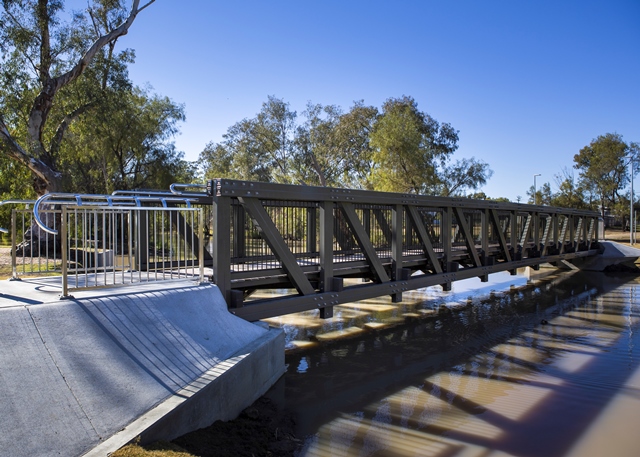
Practical Assessment of Mass Concrete Construction for Wind.
This paper outlines the technical and constructability challenges faced by repetitive mass concrete pours in isolated regions of Queensland and, more broadly, Australasia.
Drawing on the lessons learned from the author’s personal experience in the sector, this paper presents the key issues for consideration to ensure that mass concrete works can be undertaken to a high standard without compromising on program or quality.
Port to Project Logistics for Windfarms. Practical Assessment of Impacts on Transport Infrastructure.
This paper draws on the experience across the practical assessment and delivery of hundreds of wind turbines in each state of Australia and New Zealand. It looks at key logistical challenges of the port to site movements, management of lower order roads during deliveries of constituent ingredients while managing community expectations for disruptions to services, safety and environmental factors.
It examines specific case studies on maintenance, geometric upgrades and strengthening of pavements and bridge structures, as well as appropriate pre and post construction dilapidation assessments for these unique projects.


A Serviceability Analysis of Pedestrian Induced Excitation on Light-Weight FRP Footbridges.
Over the past 10 years icubed consulting have been developing in-house software and procedures on the excitation performance of Fibre Reinforced Polymer (FRP) pedestrian footbridges. icubed had concerns with pedestrian induced excitation performance due to the lightweight nature of FRP structures and devised a method to assess accelerations in accordance with international research and
backed this up with in-situ testing.
icubed also investigated the dynamic wind excitation of these structures using British Standards and open-source Computational Fluid Dynamics (CFD) software OpenFOAM. The software models a 2D cross section of the pedestrian bridges to undertake a sensitivity analysis for the critical wind velocity that may cause the structure to self-excite.
High-Level Fish Passage Design Considerations.
This piece is a high-level overview of fish passage design options and considerations in Australia. It briefly describes the importance of fishways and why they are becoming increasingly important for new infrastructure intersecting with waterways.


